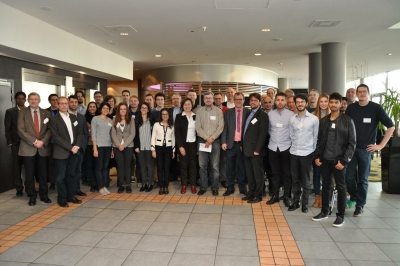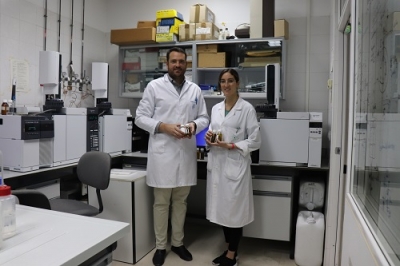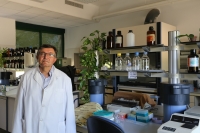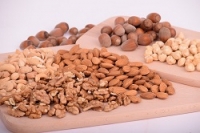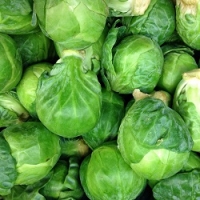New Catalyst Synthesised to Decontaminate Water Using Pig Hair
Escrito por UCC+iThe COSMIC project investigates the use of microwaves and ultrasounds, two alternative energy sources, for the production of chemical compounds and nanomaterials
ARISTOIL | A new method to quantify phenols, olive oil's 'star' compounds
Escrito por UCC+iThe University of Cordoba guides plants towards obtaining iron
Escrito por UCC+iA team at the University of Cordoba relates the presence of beneficial organisms in plant roots to their response to iron deficiency
Researchers design a strategy to make graphene luminescent
Escrito por UCC+iA University of Cordoba research project is able to incorporate luminescence into this super material, paving a new way to continue expanding properties
A University of Cordoba research team is able to manufacture electric car batteries with this raw material and increase their travel range by 60%
Climate change is a reality and its consequences are becoming evermore evident. Governments of the main world countries are taking measures to tackle this problem. One of the most controversial aspects stemming from this problem is the possible future prohibition of vehicles powered by fossil fuels. Last November, the Spanish government proposed ending the sale of cars and commercial vehicles running on gas, diesel, and natural gas as well as hybrids after 2040. This initiative has already been raised in countries such as the United Kingdom and France. This annoucement by the executive government is expressed in the future Climate Change and Environmental Transition Law, which will contribute to Spain being able to fulfill its international commitments against global warming.
An international team has identified the genes that make these plants resistant to the pathogen that attacks crops belonging to the cabbage family all over the world
From Brussels, China or Milan. "Surnames" aside, cabbages are grown nowadays all over the world. Like them, many other plants from the Brassicaceae family such as cauliflower, broccoli, cabbage and even mustard -yes, strange as it may seem and though their tastes are very different, a Brussels sprout and a mustard seed belong to the same family- have a common enemy: white rust, or at least one kind of white rust. Specifically, cabbages are threatened by a disease caused by a pathogen called Albugo candida, which acts exactly like a fungus, though it is not actually a fungus. That is to say, it spreads under the right conditions of humidity and temperature and eats up the nutrients of the plants it attacks.


